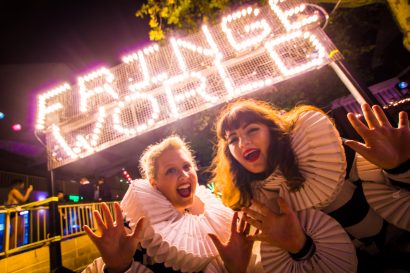The arts undeniably make us feel good, but what about the wellbeing of artists? How can we better support them? Julie Hosking reports in the second of a three-part series in partnership with the Chamber of Arts and Culture WA.
Let’s talk about the future: better health and wellbeing
21 September 2022
- Reading time • 10 minutesMulti-arts
More like this
- Halloween special: How to make blood and other stage tricks
- Seadragon weaves magic spell
- Spring into the school holidays
The arts were all around us in the pandemic. In the concertos and rock anthems we played to soothe our troubled souls. In the novels that took us to a different time and place. In the films and television shows we binged to forget, at least temporarily, the grim reality sweeping the planet. Even in the things we made, to varying degrees of success, to keep our spirits up.
In some ways, West Australians were more immersed in the arts than ever, even though galleries and theatres were shut and performers were unable to tour. Virtual choirs such as the ABC’s national singalong of “I Am Australian” made us feel connected when border closures kept us apart. We came to realise something that had always been true – the arts were integral to our health and wellbeing. Now they were helping us cope with a world turned upside down.
The artists themselves? They were reeling.
Their industry had come to a grinding halt with lockdowns and restrictions that made professional practice either impossible or prohibitive. Worse, it was estimated more than half of those working in the sector were shut out of government support such as JobKeeper because of the transient nature of their chosen career.
Artists could not do what they loved, what sustained them emotionally, and they were also struggling to survive financially. Their wellbeing was at rock bottom.
An unstable position
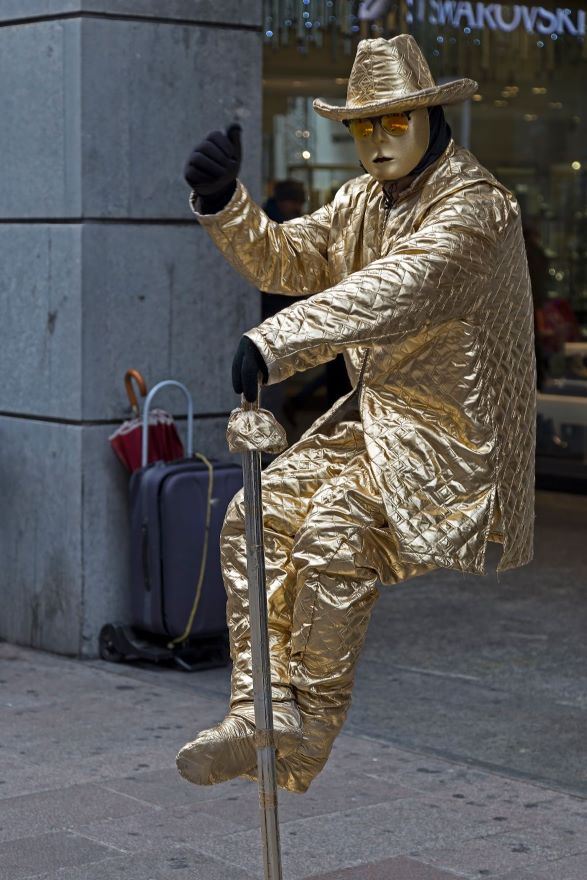
In “Breathing Through the Pandemic”, Edith Cowan University researchers surveyed 431 performers across Australia, with 63.5 percent of respondents reporting deterioration in their mental health.
But while the pandemic undoubtedly exacerbated their already precarious positions, psychologist Dr Shona Erskine says the artists she and other professionals were seeing during COVID weren’t sharing new issues, just more distress about existing ones.
“It was like an amplification of emotion,” she says. “They have six-week contracts or they have four weeks of rehearsal, or then they have a two-week tour and they patch their lives together, moving from one contract to another. So when those little bits of work fell away, which they did, all those little bits constituted a year’s worth of income.”
Dr Erskine, whose practice focuses on the challenges of elite performance and a life lived creatively, empathises with her clients. The psychologist’s parents weren’t exactly thrilled with her first career as a contemporary dancer.
“It was all very well to do the dancing and to do it well, but you had to get at some point a proper job that gave you that stability and the security,” she says.
What her parents didn’t realise – and what most non-artists would struggle to recognise – was the meaning the process, not just the performances, brought her.
“(It gave me) the most profoundly deep and important experiences of my life, actually,” she says. “I think that a lot of an artist’s job is invisible because it doesn’t often result in product.”
The time leading up to the product that is spent in preparation – rehearsing, thinking, role playing, experimenting, or doing what could look like fooling around to the ill-informed – is part of the “gift economy”.
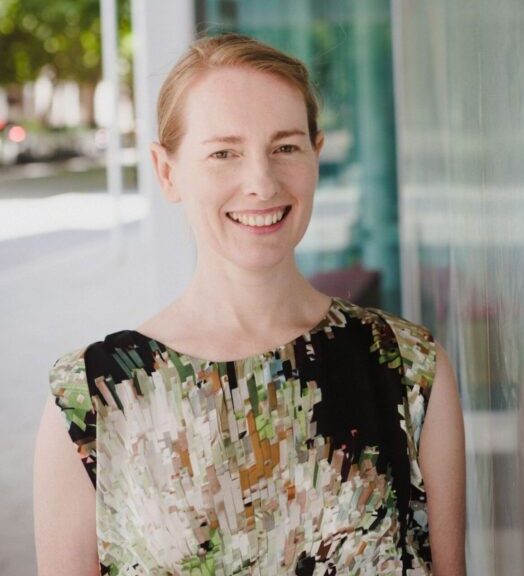
“We volunteer ourselves, our bodies, our attention, our thinking, all of the things which you can’t commodify into this kind of magical mix that then becomes creative practice,” Dr Erskine says.
In the gift economy, enormous amounts of work are done without money changing hands. We only pay when we go to a play, for example, aware of only a fraction of what went into the production before that curtain went up.
“There is not an understanding of the gift economy involved in arts practice and the process without an income,” Dr Erskine says. “I think this is one of the things that maybe gives people the perception that it’s not a proper job is there’s a lot of gifting going on.”
This feeds into the notion of art as a luxury, something great to experience but hardly essential to our wellbeing.
Changing perceptions
Epidemiologist and visual artist Dr Christina Davies, whose parents also regarded art as a hobby rather than a profession worth pursuing, wants to change that perception.
The Director of the Centre for Arts, Mental Health and Wellbeing WA, at UWA’s School of Allied Health, is working on an arts campaign that takes a leaf from sport’s playbook.
Just as WA’s Find 30 or the national Life. Be In It campaign pushed people to get off the couch to exercise for their physical wellbeing, Good Arts Good Mental Health is developing a message that will encourage engagement in the arts for our mental wellbeing.
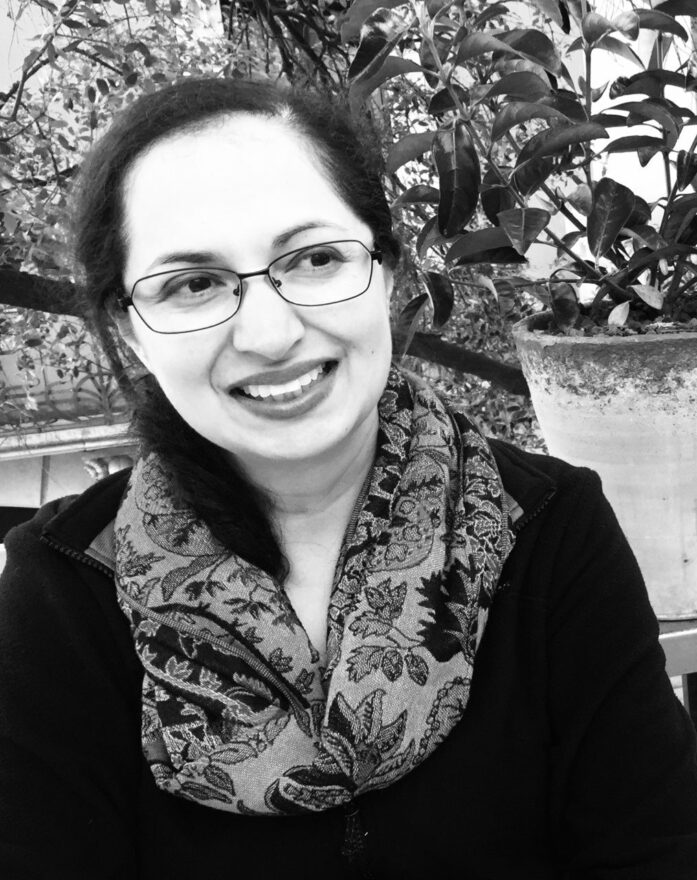
“We’re not promoting a particular sort of art or activity – we’re saying do the art you love,” Dr Davies says. “Once everyday people start engaging in the arts and realising that the arts they do – the book they’re reading, the music they’re listening to – is important for their mental wellbeing, we’ve changed the playing field.”
It’s a playing field that sport has dominated with a winning mantra that sport is both fun and good for your health. So, argues Dr Davies, are the arts.
In a community survey for the report The Art of Being Mentally Healthy, she found that people who engaged in the arts for two hours a week reported better mental health than those who didn’t.
“The thing that people mentioned most frequently, pretty much the first sentence or second sentence that came out of people’s mouths was ‘it makes me happy’,” Dr Davies says.
“They also talked about the creation of good memories with family and friends.”
The arts are good for your health
Good Arts, Good Mental Health aims to move the conversation from arts for arts’ sake to include arts for mental health. “I think it’s going to be the best campaign ever because we’re basically telling people to be happy, to have joy, create good memories and do the art that they love.”
While the project is still in the research phase, Dr Davies sees positive flow-on effects for artists and their mental wellbeing.
“I think it will change advocacy, it will change the way community sees the arts,” she says. “There’s just so much that the arts gives that we need to promote better. At the moment we are only marketing in one way. We need to actually think about what else we do, and what else we do is health.”
If the message becomes embedded, this could open new funding streams.
“It means we can go to mental health for funding because our program is not just about the artistic quality – it’s also about the mental wellbeing and the joy what we are bringing to people who are participating or attending as part of an audience,” Dr Davies says.
Once more people realise just how vital the arts are to their wellbeing, this will hopefully push up attendance across the sector.
But there is no point in having bigger audiences demanding more art happy pills if the artists themselves are too exhausted to create those endorphin rushes for us.
I Lost My Gig, an initiative between the Australian Music Industry Network and the Australian Festival Association capturing pandemic data, found that more than half of performing arts and live event workers had looked outside the industry for employment.
While COVID wreaked unprecedented havoc, cancelling events, festivals, concerts and exhibitions everywhere, artists were hardly rolling in clover beforehand.
In a passionate speech accepting this year’s Stella Prize for her poetry collection Dropbear, Evelyn Araluen talked about the pressures of unsustainable unpaid labour of a system that results in artists like herself working three jobs to keep doing what they love.
What needs to change?
So how do we protect artists into the future, to ensure that they continue to have a positive impact not just on our mental wellbeing but on their own?
We should start by paying them properly, Dr Erskine maintains.
“Employ artists and pay them, put them in organisations – artists are more than capable of assisting with the running of organisations,” she says.
Even before the pandemic, artists were crying out for reasonable wages. What it highlighted, however, was just how few artists are employed in arts organisations, though Dr Erskine is quick to point out that staff were also going out of their way to keep the industry afloat.
“They were also super aware of what was happening for the artists and that the artists were being left without anything,” she says. “But it really did highlight that divide – and it highlighted that most of our arts organisations don’t have contracted artists. Artists realised they were on the outside of those support structures.”
With so many artists operating in the gig economy – “the Uber drivers of the art sector” – they are constantly worried about their financial security because the nature of the work is unstable. COVID just made them question their purpose even more.
“After a decade in which Federal Government support for the arts has gone backwards, the industry needs a complete public-led reboot.”
“What I saw in my role of one-on-one interactions with artists was a lot more questioning of ‘is this for me, is my time up, do I need to go look at something else’,” Dr Erskine says.
“There were lots of questions that people couldn’t answer about their return to practice both for their own sense of self and how much they’d been knocked around personally by the pandemic, but also because they didn’t know what kind of structures were going to be available to them when and if whatever was going to restabilise would arrive.”
In The Australia Institute’s report, “Creativity in Crisis”, Alison Pennington and Ben Eltham argue that after a decade in which Federal Government support for the arts has gone backwards, the industry needs a complete public-led reboot.
“This includes large fiscal investments to help rebuild skills, jobs and incomes in the cultural sector, long-term funding for arts organisations and artists, wage subsidies, intervention in cultural regulations and a holistic plan for culture across the nation,” they write.
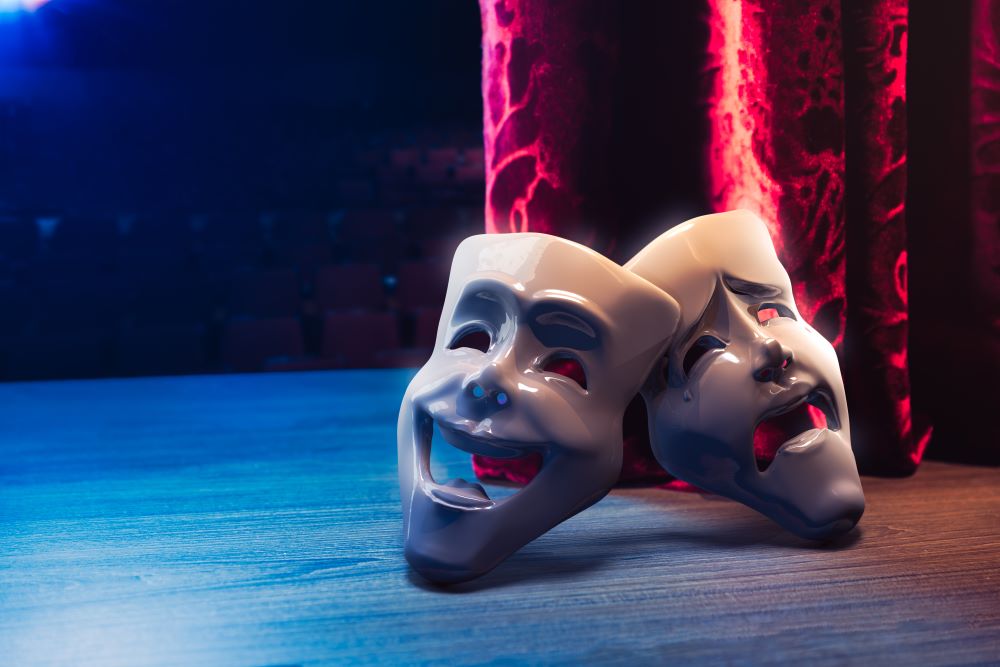
As artists continue living hand to mouth, a national artist wage or universal basic income for independent artists is garnering support.
Under a pilot scheme in the Republic of Ireland, artists who meet certain criteria receive a weekly income of about $480, which is unaffected by any extra earnings they might make.
It was also one of the recommendations in the Chamber of Arts and Culture WA’s COVID Arts and Culture Financial and Wellbeing Survey, released in March just before Premier Mark McGowan reopened the State’s borders.
Almost 92 percent of organisations surveyed expressed concern about the wellbeing of staff and volunteers and almost 59 percent of artist respondents said they had experienced mental health issues.
Chamber Executive Director Kim Jameson called for a change in the way we “value in and invest in an industry that forms part of WA’s unique identity, its storylines and its ability to connect people and place in every corner of our State”.
Elevating the arts
Dr Davies says education is key to embedding the intrinsic value of the arts in our community.
Children are actively encouraged to engage in the arts at primary school but almost as soon as they start high school, the pendulum swings towards subjects that adults determine are more important, or more likely to secure a viable career.
“This is where I’m going about changing the conversation – if art isn’t a luxury, if art is essential to mental wellbeing, then art is part of the units that you do when you’re in high school,” Dr Davies says. “It means that people are continuing to engage in the arts and whatever they end up doing as a job, arts are still essential to their being.”
By elevating arts from optional luxury to absolute essential, artists and the communities they enrich will soon be singing from the same sheet.
And remember, as Dr Erskine says, you don’t need to be good at arts for arts to be good for you. “You can sing badly in the car – I know I do,” she says with a laugh. “But it makes me feel great.”
Coming soon: Part three of “Let’s talk about the future” will explore the arts and tourism.
This article was produced in partnership with the Chamber of Arts and Culture WA with support from Lotterywest.
Pictured top: Many artists work outside the support structures of arts organisations. Photo: Shutterstock
Like what you're reading? Support Seesaw.



